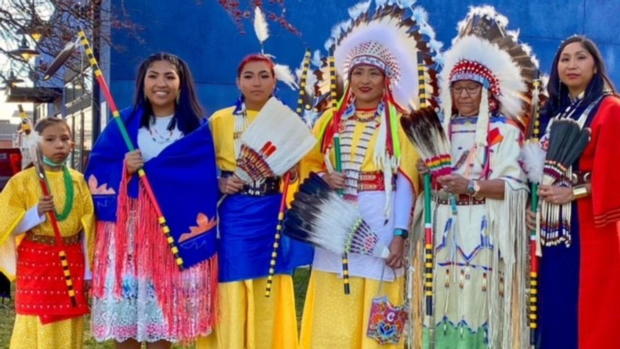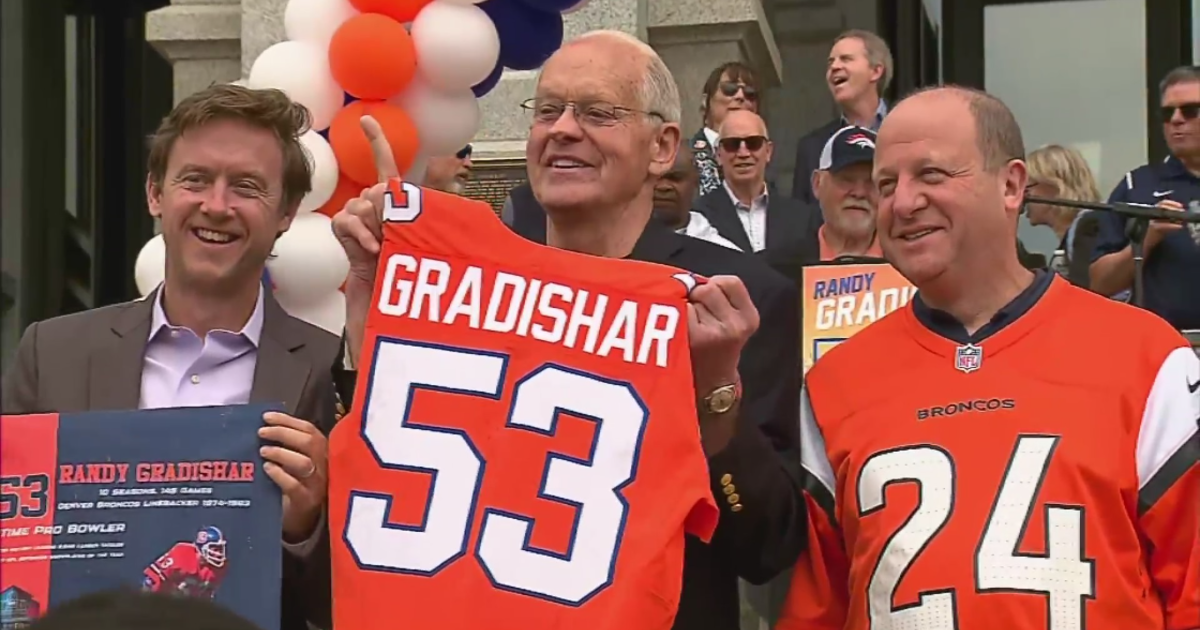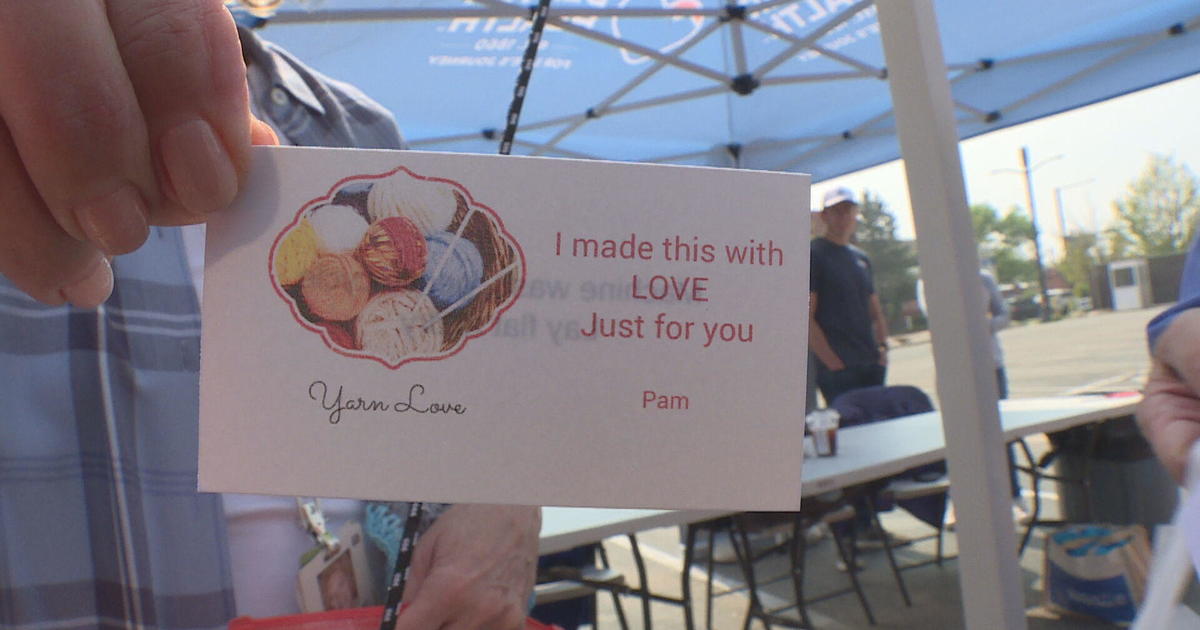Recognizing Denver's violent past: 'my ancestors' body parts were paraded through downtown Denver and people cheered'
When people think of Denver, many people think of its skyline, Union Station or perhaps the state capitol. But many fail to recognize, the Mile High City sits on native land.
As many people gear up for the Thanksgiving holiday, for some indigenous community members, it's a complicated reminder that the country once belonged to other nations, and that's true of Denver.
"It has a very romanticized feeling to it, right?," said John Cummins, who is Navajo and Crow and a student at the University of Denver. "When you walk around as an indigenous student, you start to realize even streets are named after captains or soldiers who were participants of the Sand Creek Massacre, and you realize how anti-indigenous Denver is."
The land that is now recognized as Denver originally belonged to the Cheyenne, Arapaho and Ute people, and these tribes had a thriving community.
"Cheyennes and Arapahos have always known this was our homelands," said tribal citizen Raelene Whiteshield, who is Kiowa, Cheyenne and Arapaho. "We used to have trading, and like other tribes would come through… a lot of the Sioux, the Utes. There's 28 other tribes that came through Denver, and this is where they would trade and do commerce."
Jason Hanson, chief creative officer at History Colorado, said early visitors to Denver described it as sepia-toned, treeless, grassless and bush-less.
"It was the aired plains," Hanson said. "The Platte River was not visible for a good part of the years."
But the land was stolen from these tribes after settlers extinguished their title to the land.
"It was also violent removal," Hanson said.
Which is why tribal citizen Whiteshield said those who frequent Denver need to know about the city's violent history.
"I always think about it because I am Cheyenne and Arapaho, that my ancestors' body parts were paraded through downtown Denver and people cheered," Whiteshield said. "So that part hurts. It's things that people don't really realize because they're not taught."
That trauma still impacts indigenous communities, not just in Denver but around the country.
"We're still fighting for our resources. We're still fighting for our water rights. We're still fighting for a lot of things and all we ask in return from Americans is to have full compensation for each resource extraction," Cummins said.
Whiteshield and Cummins also said the city needs to add markers and more resources in Denver recognizing the first peoples of the land.
"I would like to see more from the city of Denver to create more programs for Native American people, right, to kind of fill in the gap, the equity," Cummins said.
Despite the violent history, the Cheyenne and Arapaho tribes are still here. Whiteshield hopes people also recognize they aren't a relic of the past, but a resilient community.
"We're still trying to have a voice in our communities, and we're still trying to build each other up and hopefully educate people on the way," Whiteshield said.






